Embarking on the journey of making and installing concrete countertops can be a rewarding and creative endeavor for homeowners looking to add a touch of modernity and uniqueness to their kitchen or bathroom spaces. Crafting concrete countertops involves a series of meticulous steps that require patience, attention to detail, and a willingness to experiment with design concepts.
The first step in making concrete countertops is to create a template for the countertop shape and size. This template serves as a guide for the concrete form, ensuring that the finished product fits seamlessly into the designated space. Accurate measurements and careful planning at this stage are crucial for a successful project.
Once the template is ready, the next step involves constructing the formwork. Formwork is essentially the mold that holds the liquid concrete in place until it sets. It can be made from various materials such as melamine, plywood, or even foam. The formwork should be sturdy, level, and able to withstand the pressure of the wet concrete.
Before pouring the concrete, it’s essential to prepare the surface by applying a layer of release agent. This facilitates the easy removal of the formwork once the concrete has cured. Additionally, reinforcing materials such as fiberglass mesh or steel rebar may be added to enhance the structural integrity of the countertop and prevent cracking.
The concrete mix itself is a crucial aspect of the process. A special countertop mix that includes fine aggregates, cement, and additives for strength and workability is recommended. Some DIY enthusiasts may choose to add pigments to the mix to achieve a specific color or texture. The mixing process requires precision to achieve a consistent and homogeneous blend.
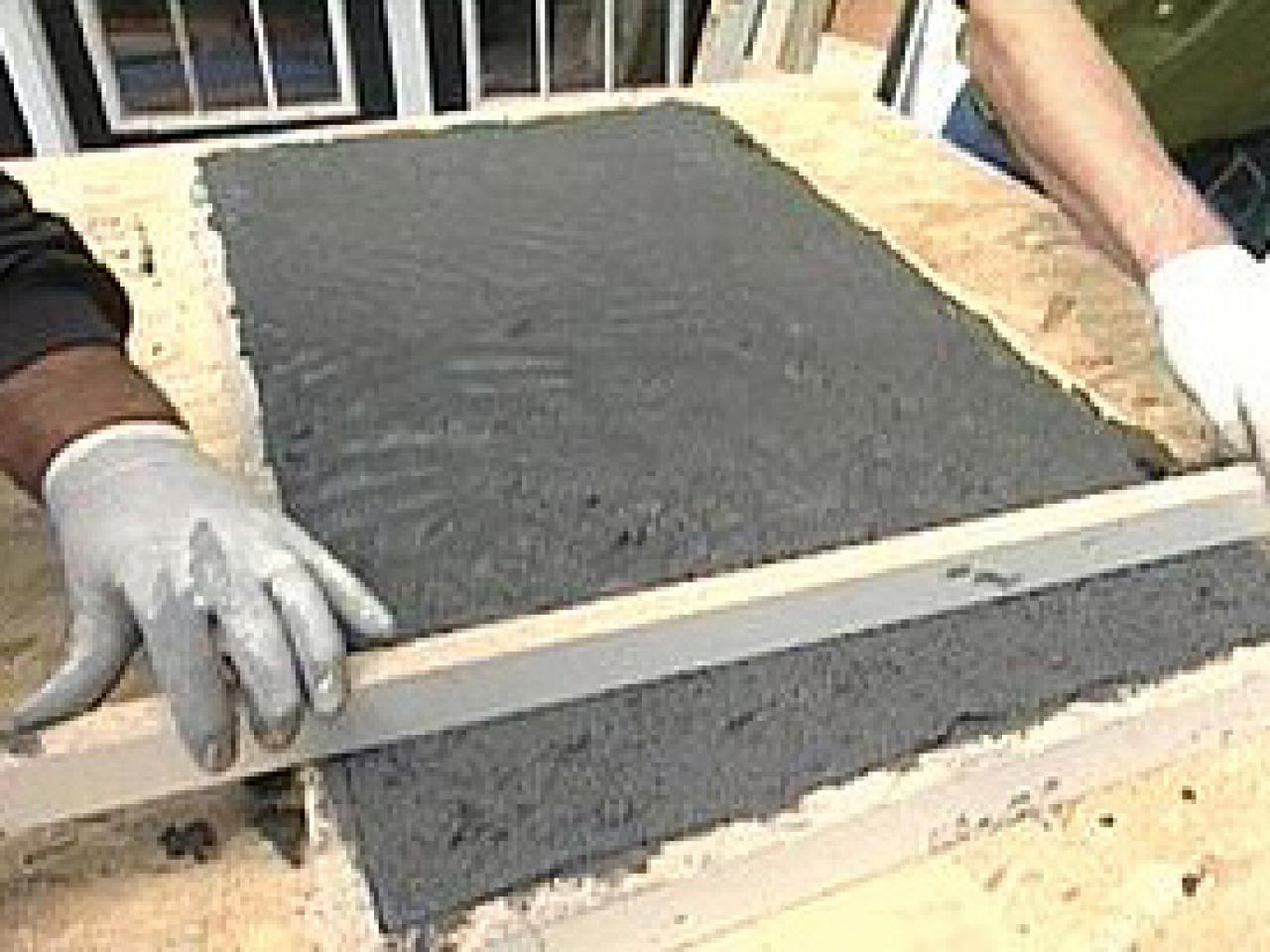
Pouring the concrete into the formwork is a delicate task. It’s important to avoid air bubbles by vibrating the mixture gently to ensure a smooth and even surface. After the concrete is poured, it needs to be leveled with a screed and then troweled to achieve the desired finish. This is where personalization comes into play, as homeowners can experiment with different textures or embed decorative elements into the surface.
Curing is a critical phase in the concrete countertop creation process. The countertop needs to be covered with plastic sheeting to retain moisture and allowed to cure for at least a week. This slow curing process contributes to the strength and durability of the concrete. Patience during this phase is key to achieving a long-lasting and resilient countertop.
Once the concrete has fully cured, the formwork can be removed, unveiling the raw beauty of the countertop. At this stage, any imperfections or air bubbles can be addressed by sanding and patching. The countertop is then sealed with a food-safe sealer to protect it from stains and enhance its longevity. Multiple layers of sealer may be applied for added protection.

Installing the concrete countertop involves careful positioning and securing. The cabinets or support structure should be robust enough to bear the weight of the concrete. The use of a high-quality adhesive and proper leveling is essential to ensure a stable and even installation. Attention to detail during this phase contributes to the overall aesthetic and functional success of the countertop.
Maintaining concrete countertops is relatively straightforward. Regular cleaning with a mild detergent and water is usually sufficient. However, it’s advisable to reapply a sealer periodically to protect the surface from stains and wear. Avoiding harsh chemicals and abrasive cleaning tools will help preserve the finish of the countertop over time.
While concrete countertops offer a unique and customizable design element, they may not be suitable for everyone. It’s important to note that concrete is porous, and without proper sealing, it can be susceptible to staining. Additionally, concrete countertops may develop hairline cracks over time, adding to their character but requiring periodic maintenance.
Making and installing concrete countertops is a hands-on and creative project that allows homeowners to express their style. From careful planning and formwork construction to artistic possibilities during the pouring and finishing stages, the process demands attention to detail. With proper curing, sealing, and installation, a well-crafted concrete countertop can become a striking focal point in any kitchen or bathroom, combining functionality with a touch of industrial elegance.
Images Related to How To Make And Install Concrete Countertops
How to Install Concrete Countertops (with Pictures) – wikiHow

DIY Concrete Countertops For DUMMIES

DIY Concrete Countertops, Part I- Setting the Forms – Domestic
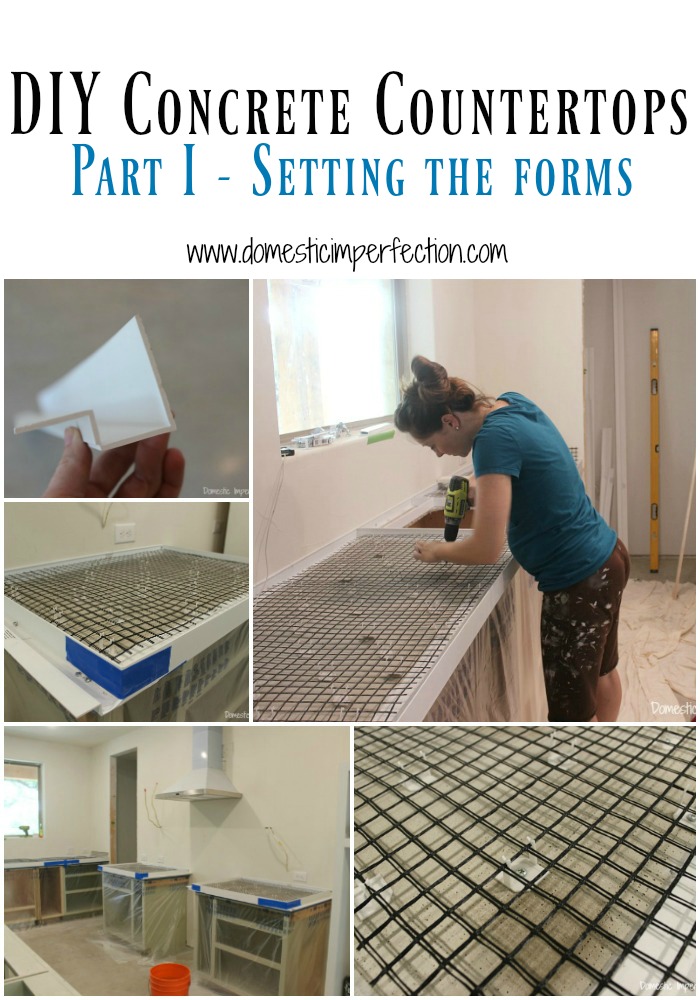
How to Build a Concrete Countertop
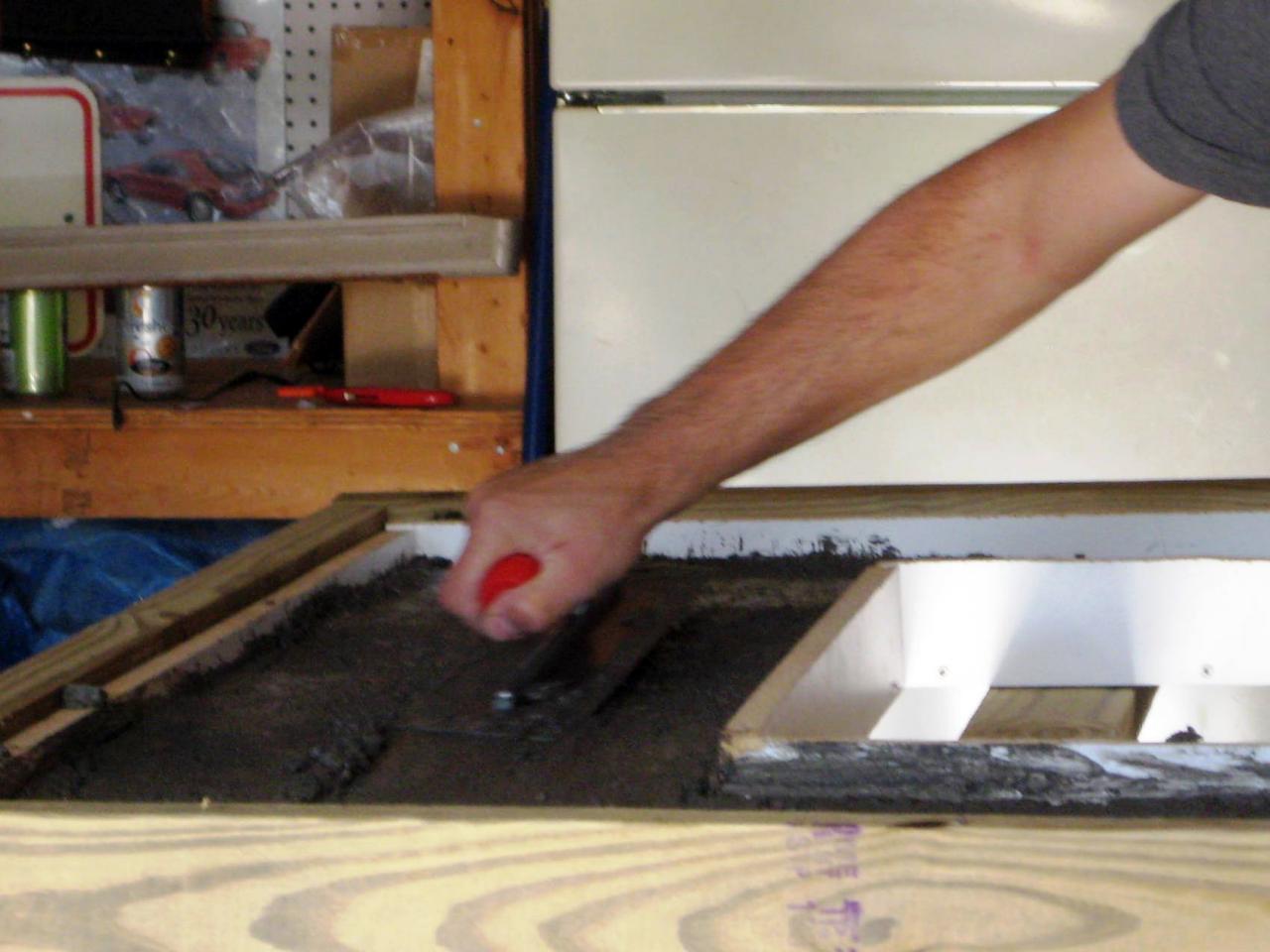
Kitchen: DIY concrete countertops u2013 installation
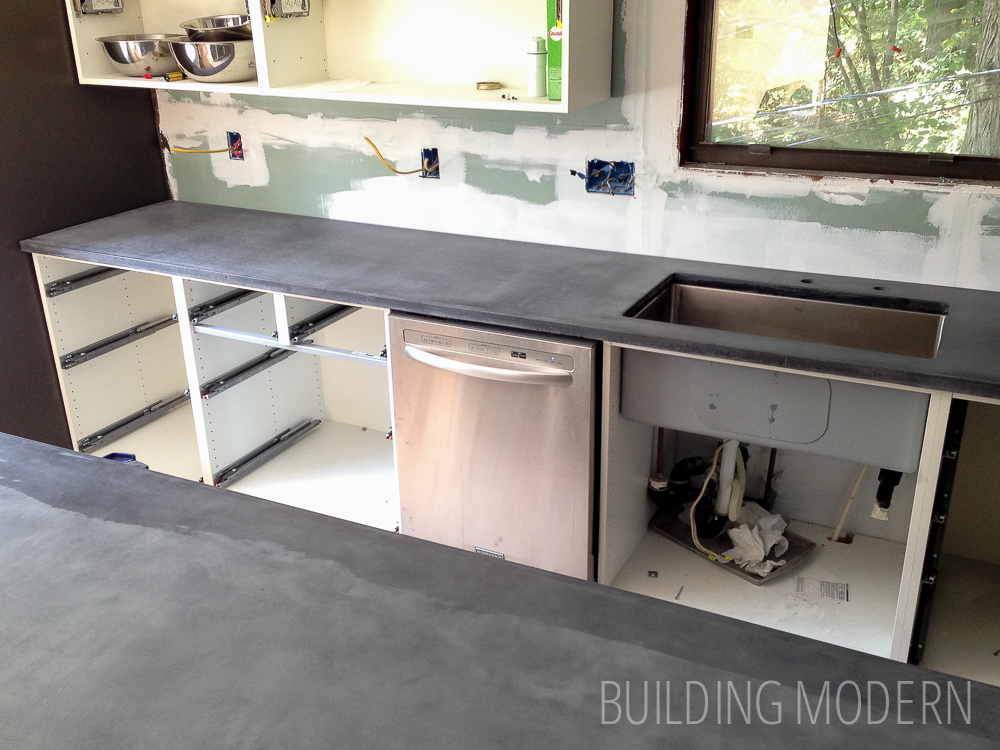
DIY Concrete Countertops – Pour in Place – The Inspired Workshop
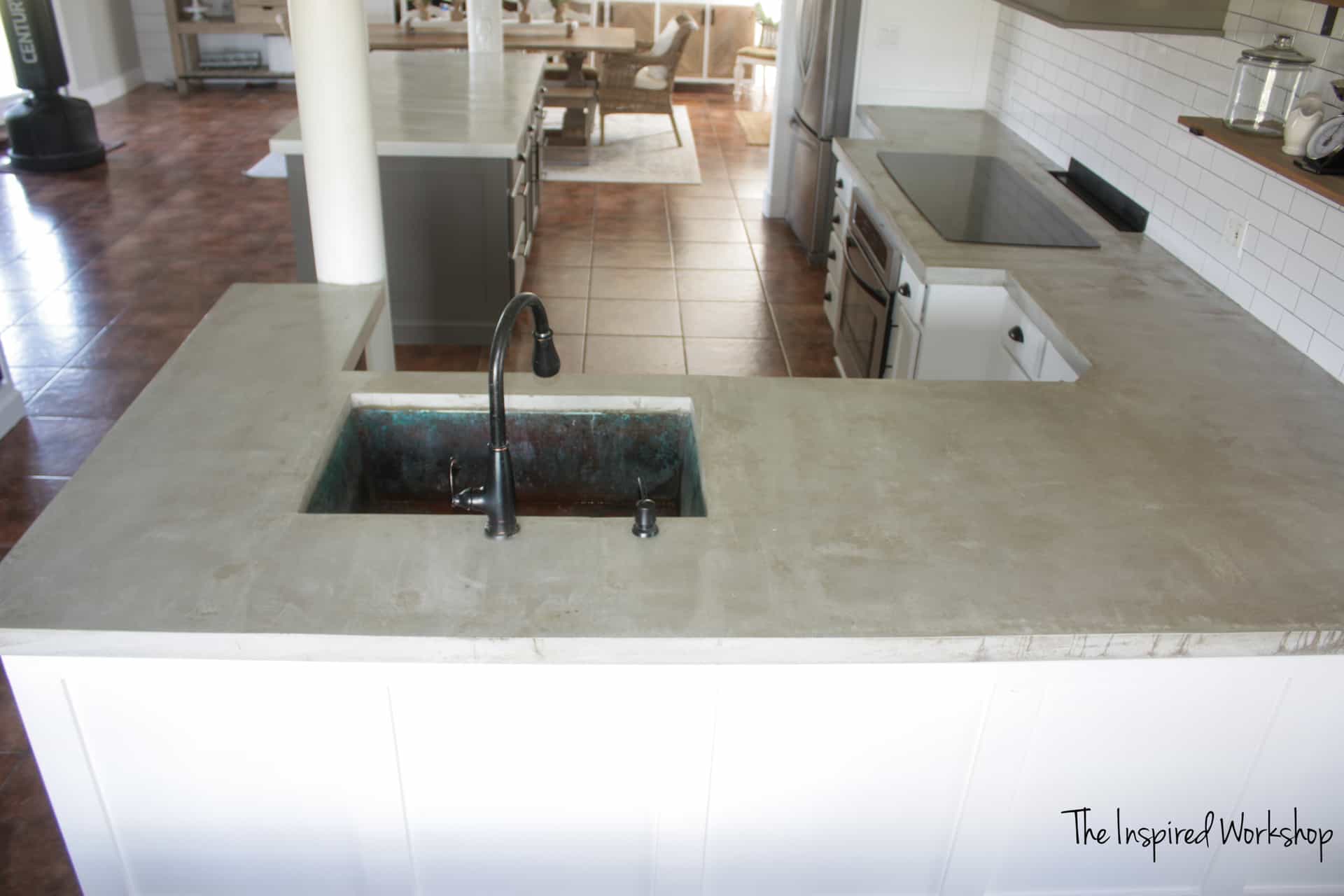
How to Create and Install Concrete Countertops how-tos DIY
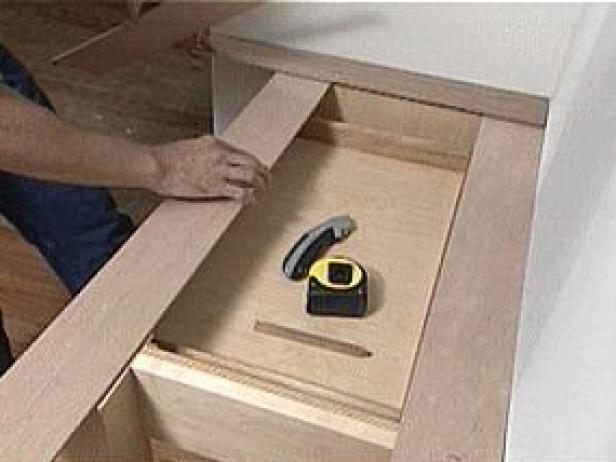
Related articles:
- How To Stain Concrete Countertops
- DIY Concrete Countertop Mix
- Concrete Countertops Made Easy
- Concrete Countertop Overlay
- Black Concrete Countertops
- Marble Look Concrete Countertops
- Light Grey Concrete Countertops
- Concrete Countertop Design Ideas
- Light Colored Concrete Countertops
- Epoxy On Concrete Countertop